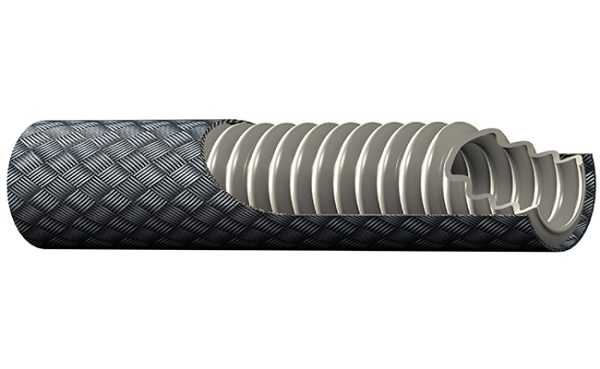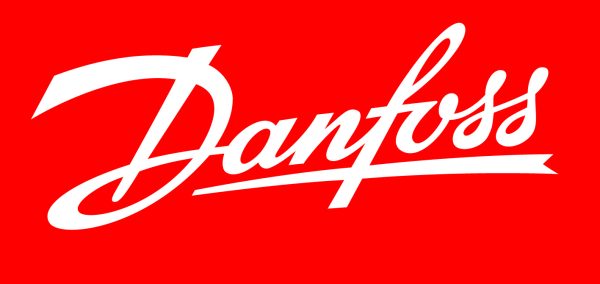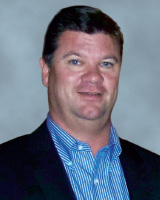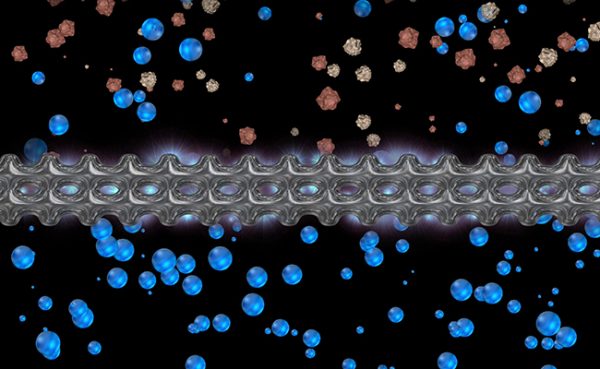Design for Maintenance
A Call to Action for Industrial Equipment Engineers
By Garrett Hoisington, President CEO, Open Loop Energy.
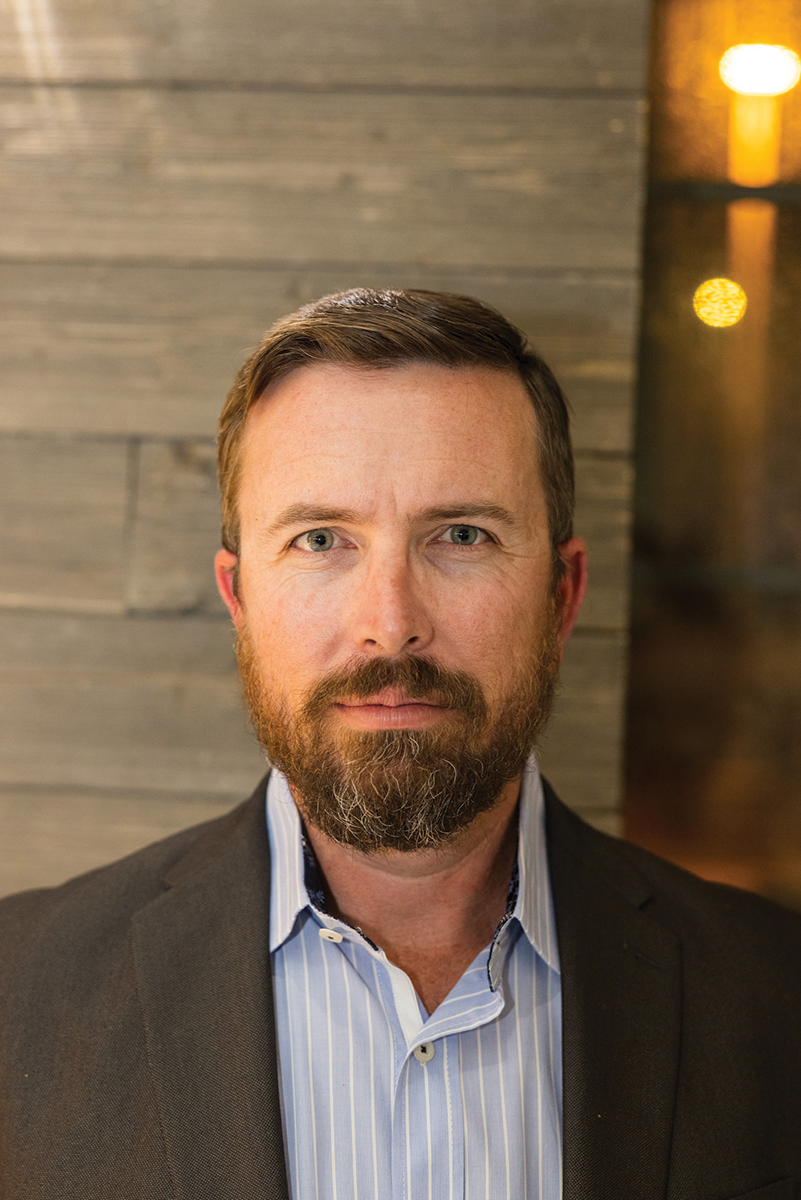
In many parts of the world, we enjoy modern conveniences that make our lives safe, comfortable and enjoyable. Some of these are easy to take for granted. Late model appliances, automobiles and other equipment offer specific design features that make life easier for maintenance. Your refrigerator filter is easily changed from the front without having to move the appliance to access the rear. Your automobile has sensors and an accessible diagnostic port to help determine why the check engine light is on. Things haven’t always been this way, and while access and ease of maintenance is designed into some machinery, there’s room for improvement in others.
My career has been spent supporting the mining industry. The progression and focus on safety has been tremendous. OSHA was established in 1971 and the Mine Safety and Health Administration was established in 1977. That wasn’t very long ago, and yet a comparison of workplaces then vs now is a stark difference. I can remember operators having to climb ladders to access a piece of equipment the size of a two-story house. Today, there are hydraulic access stairs with handrails. What’s great is that it’s the imprpoved industry standard. Looking back, it’s easy to see the incredible progress that has been made since the establishment of these regulatory agencies and the beginning of a focus on workplace safety and the long-term health of workers.
Owners and operators of large industrial equipment are held accountable for how machinery is operated and maintained. Unfortunately, many of the industrial equipment designers and manufacturers aren’t doing enough to improve the challenges their customers face after the equipment is put into service. There are a few designs I’ve seen recently where our customers struggle with changing hydraulic pumps or cylinders for example. The pumps are mounted inside a tank, or the cylinders are mounted on the equipment with no designed lifting points. Many times there are structures above that block access to a crane and the pre-designed solutions are missing. The end user is then responsible for figuring out how to perform these component changes themselves. They often have to hire engineers to design special tooling or lifting points, and then hire companies to manufacture these tools. In the meantime, the maintenance personnel are faced with decisions on how to get the machinery back online the safest way available at the time. Sometimes it’s not safe, which can lead to injury or death, and many times a difficult changeout isn’t clean which can lead to additional and unnecessary downtime.
This is where a designer has the opportunity to save a life, or at least reduce the risk of injury while maintaining their equipment. I’m sure there are engineers and designers that do this already, and if you are one of them I applaud you for designing safety and maintenance ergonomics into the machinery. If you don’t currently consider the maintenance tasks and major components that need to be changed most frequently, it’s time to start. This includes access, considering how components will be removed as well as considerations that will improve technicians’ ability to troubleshoot the system. If you’re not someone who has ever participated in maintenance tasks, I would encourage you to find people who have. Ask their opinion on designs and what they would recommend for making troubleshooting and service easier. Your customers will love you for it.
Many times engineers and designers get to visit the location where the equipment will be used. Take this opportunity to speak with maintenance crews that will be responsible for taking care of the equipment. Share your designs and get as much feedback as you can. Use it to help make their lives easier and safer. In the end, this could be the competitive edge you have over the competition!
I believe there is always room for improvement in everything we do. All our customers take safety and reliability seriously, and the technicians that are performing the work can use all the help we can give them. There are people all over the world working long hours struggling with things that proper machine design can prevent. Don’t forget those people, and use your design powers to save someone’s life, sanity, or time.

